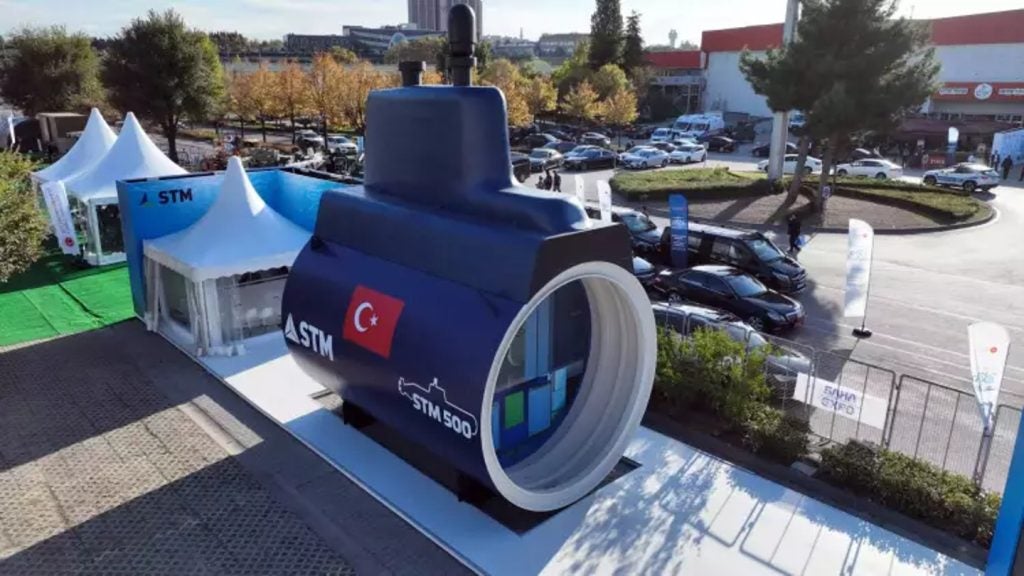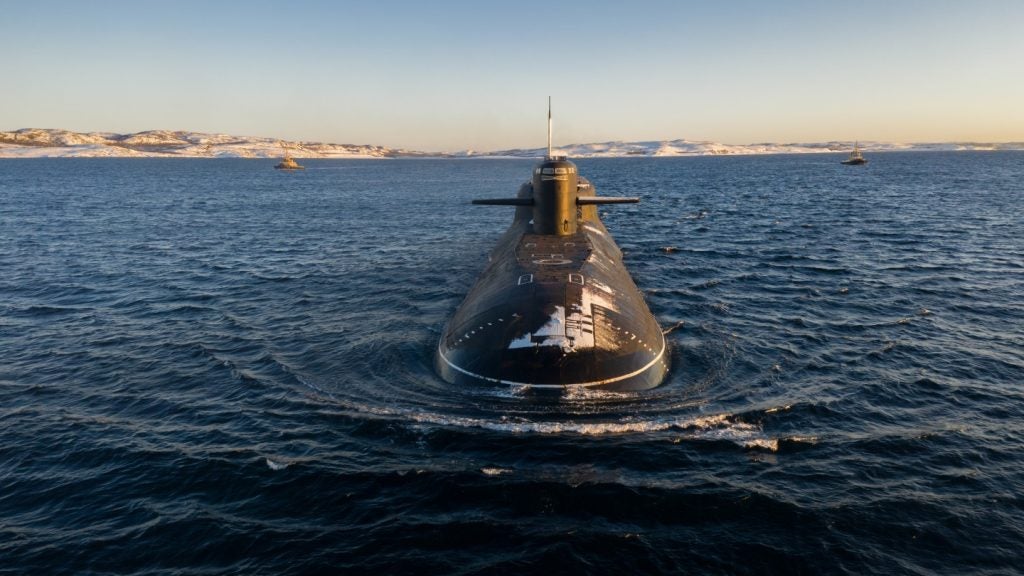Ball Aerospace & Technologies has received a contract from the Nato Seasparrow Project Office to develop a new self-defence infrared laser sensor system to protect US Navy vessels.
As part of the $23.9m firm-fixed-price agreement, which also includes $10m in options for additional work, Ball Aerospace will be tasked with the transition and production of the Stalker long-range electro-optical infrared laser sensor system (SLREOSS).
It also covers fabrication, test and installation of the production assets, including Stalker director mount (DM) and the independent mount (IM) configuration, in addition to options for sustaining engineering, spare components and field support.
Ball Aerospace Tactical Solutions business unit vice-president and general manager Rob Freedman said that Stalker provides an important capability to the Nato Seasparrow missile system.
"Ball’s improved technology and independent mount application will provide increased ship self-defence capability across more of the US Naval fleet, providing protection against new threats at sea," Freedman said.
In addition to detecting, classifying, identifying and determining hostile objectives of potential threats to the navy’s ships, Stalker will characterise the purpose of small boats and other surface contacts, which will give ships more time to respond.
Nato Seasparrow Project Office Stalker lead engineer Blair Thurmond said the cooperative efforts of Navy Syscom, Fleet headquarters and Ball Aerospace have filled an urgent need for long range electro-optics on large deck ships.
"The fast-lane approach to development and fleet operational test [and] evaluation under real conditions, has resulted in best value to the navy," Thurmond said.
Based on the original Stalker sensor system, Ball Aerospace’s three experimental and eight developmental LREOSS prototypes are currently deployed on multiple vessels in the navy’s fleet.
Image: Ball Aerospace’s sensor systems have registered more than 150,000 hours of service for more than 25 operations. Photo: courtesy of PRNewsFoto/Ball Aerospace & Technologies Co.









